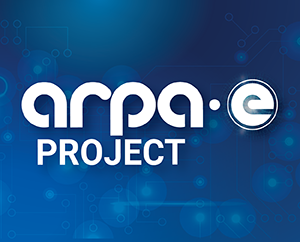Centrifugal Mirror Fusion Experiment

Technology Description:
The University of Maryland, Baltimore County, will advance the performance of the centrifugal-mirror (CM) fusion concept, which has previously demonstrated stable plasmas with temperatures above 100 eV. The CM has a simple, axisymmetric geometry and provides a potential low-cost pathway to a breakeven experiment. The team will azimuthally rotate a mirror-shaped magnetized plasma to supersonic speeds using high-voltage biasing between a central rod and outer electrode rings. The rotation will stabilize, heat, and centrifugally confine the plasma, potentially eliminating the need for costly auxiliary heating systems requiring high recirculating power. Eliminating systems that require high recirculating power could potentially improve the economics of a fusion power plant. The project aims to overcome engineering challenges of the high-voltage biasing, and scientific challenges of achieving good stability and confinement while pushing into higher-temperature regimes. Performance, namely electron temperature, will be benchmarked in this project with assistance from BETHE Capability Teams. The project aims to achieve a fusion triple product exceeding 1017 keV s/m3. This represents an intermediate step towards the fusion-energy breakeven goal of T=10 keV and nTτ=1021 keV-sec/m3. Successful demonstration of the viability of CM fusion may potentially establish a more-economical scaling to a fusion power plant compared to that of mainline fusion approaches.
Potential Impact:
Accelerating and lowering the costs of fusion development and eventual deployment will enable fusion energy to contribute to:
Security:
Fusion energy will ensure the U.S.’s technological lead and energy security.
Environment:
Fusion energy will improve our chances of meeting growing global clean-energy demand and realizing cost-effective, net-zero carbon emissions, while minimizing pollution and avoiding long-lived radioactive waste.
Economy:
As a disruptive technology, fusion energy will likely create new markets, opportunities, and export advantages for the U.S.
Contact
ARPA-E Program Director:
Dr. Ahmed Diallo
Project Contact:
Prof. Carlos Romero-Talamas
Press and General Inquiries Email:
ARPA-E-Comms@hq.doe.gov
Project Contact Email:
romero@umbc.edu
Partners
University of Maryland
Related Projects
Release Date:
11/07/2019
